39 sentiment analysis without labels
Sentiment Analysis with VADER- Label the Unlabelled Data VADER is a lexicon and rule-based sentiment analysis tool. It is used to analyze the sentiment of a text. Lexicon is a list of lexical features (words) that are labeled with positive or negative... How to perform sentiment analysis and opinion mining - Azure Cognitive ... Sentiment Analysis applies sentiment labels to text, which are returned at a sentence and document level, with a confidence score for each. The labels are positive, negative, and neutral. At the document level, the mixed sentiment label also can be returned. The sentiment of the document is determined below: Confidence scores range from 1 to 0.
Label Studio Blog — Getting Started with Sentiment Analysis Sentiment analysis is a form of natural language processing. Here, the program is specifically processing the data it's given to determine the mood of the conversation. Its goal is to not just understand what's happening in the conversation, but to report back to you what the mood of that conversation is.

Sentiment analysis without labels
Sentiment Analysis: The What & How in 2022 - Qualtrics Machine learning-based sentiment analysis A computer model is given a training set of natural language feedback, manually tagged with sentiment labels. It learns which words and phrases have a positive sentiment or a negative sentiment. Once trained, it can then be used on new data sets. Sentiment Analysis: Comprehensive Beginners Guide - Thematic What is Sentiment Analysis? Sentiment analysis is used to determine whether a given text contains negative, positive, or neutral emotions. It's a form of text analytics that uses natural language processing (NLP) and machine learning. Sentiment analysis is also known as "opinion mining" or "emotion artificial intelligence". Sentiment Scoring Sentiment Analysis Dataset | Kaggle The data is a CSV with emoticons removed. Data file format has 6 fields: 0 - the polarity of the tweet (0 = negative, 2 = neutral, 4 = positive) 1 - the id of the tweet (2087) 2 - the date of the tweet (Sat May 16 23:58:44 UTC 2009) 3 - the query (lyx). If there is no query, then this value is NO_QUERY. 4 - the user that tweeted ...
Sentiment analysis without labels. How do I create accurate labels for sentiment classification on ... And I am trying to label the sentiments of each review on a fined grain scale . I have tried using text blob Sentiment Analyzers to calculate the polarity scores and creating labels by assigning a range of polarity scores to a labels. e.g if polarity score is between 0.8 and 1 then strongly positive Python Sentiment Analysis Tutorial | DataCamp Sentiment analysis is a vital topic in the field of NLP. It has easily become one of the hottest topics in the field because of its relevance and the number of business problems it is solving and has been able to answer. ... (movie reviews), the particular words and its sentiment. Note that, the label sentiment is often denoted as (+, -) or ... Step-by-Step Sentiment Analysis Process - Repustate Take a quick tour of Repustate's Sentiment Analysis Solution. Book your demo today The Sentiment Analysis Process with Repustate IQ Step 1 - Register & Create Project In this step, you can register and then create a new project for the data you want to analyse. Create New Project | Repustate IQ Tutorials Watch on Step 2 - Link/Upload & Process Data Sentiment Analysis: First Steps With Python's NLTK Library Sentiment analysis is the practice of using algorithms to classify various samples of related text into overall positive and negative categories. With NLTK, you can employ these algorithms through powerful built-in machine learning operations to obtain insights from linguistic data. Remove ads.
Is it possible to do sentiment analysis of unlabelled text using ... Essentially, no - you can't perform sentiment analysis without some labeled data. Without labels, of some sort, you have no way of evaluating whether you're getting anything right. So, you could just use this sentiment-analysis function: get_sentiment (text): return random.choice ( ['positive', 'negative']) Woohoo! What is sentiment analysis and opinion mining in Azure Cognitive ... The sentiment analysis feature provides sentiment labels (such as "negative", "neutral" and "positive") based on the highest confidence score found by the service at a sentence and document-level. This feature also returns confidence scores between 0 and 1 for each document & sentences within it for positive, neutral and negative sentiment. How to Succeed in Multilingual Sentiment Analysis without ... - Medium You can follow the proposed process of sentiment analysis in the figure below. First, we preprocess our texts in a foreign language (remove urls, emojis, digits and punctuation marks) and translate... The Best 12 Sentiment Analysis Tools in 2021 - HubSpot Benefits of Adopting a Sentiment Analysis Tool. If your company provides an omni-channel experience, a sentiment analysis tool can save your team valuable time organizing and reporting customer feedback.. Rather than going through each tweet and comment one-by-one, a sentiment analysis tool processes your feedback and automatically interprets whether it's positive, negative, or neutral.
What is Sentiment Analysis? - Sentiment Analysis Explained - AWS What is Sentiment Analysis? Sentiment analysis is the process of analyzing digital text to determine if the emotional tone of the message is positive, negative, or neutral. Today, companies have large volumes of text data like emails, customer support chat transcripts, social media comments, and reviews. Getting Started with Sentiment Analysis using Python - Hugging Face Sentiment analysis is a natural language processing technique that identifies the polarity of a given text. There are different flavors of sentiment analysis, but one of the most widely used techniques labels data into positive, negative and neutral. ... AutoNLP is a tool to train state-of-the-art machine learning models without code. It ... Sentiment analysis on big sparse data streams with limited labels ... Sentiment analysis is an important task in order to gain insights over the huge amounts of opinionated texts generated on a daily basis in social media like Twitter. Despite its huge amount, standard supervised learning methods won't work upon such sort of data due to lack of labels and the impracticality of (human) labeling at this scale. How to label text for sentiment analysis — good practices If you are working on sentiment analysis problems, be careful about text labelling. If you have never labelled text in your life, this is a good exercise to do. If you only rely on clean/processed text to learn, you can face a problem where the problem is not your model, but the information that you are using to train it. 5
15 Best Sentiment Analysis Tools To Choose [2022 Edition] - Qualaroo Sentiment Analysis Tools: What's In It for You? The 15 Best Sentiment Analysis Tools in 2022 1. Qualaroo 2. HubSpot Service Hub 3. MonkeyLearn 4. Lexalytics 5. Brandwatch 6. Brand24 7. Social Searcher 8. MeaningCloud 9. Talkwalker Quick Search 10. Rosette 11. Repustate 12. Clarabridge 13. Social Mention 14. Hootsuite Insights 15. Rapidminer
Top 12 Free Sentiment Analysis Datasets | Classified & Labeled - Repustate This sentiment analysis dataset consists of around 14,000 labeled tweets that are positive, neutral, and negative about the first GOP debate that happened in 2016. IMDB Reviews Dataset: This dataset contains 50K movie reviews from IMDB that can be used for binary sentiment classification.
rafaljanwojcik/Unsupervised-Sentiment-Analysis - GitHub Main steps included detection of negative and positive clusters in word vectors space with use of sklearn's implementation of KMeans clustering algorithm, which were then used to transform every sentence into vector of replaced sentiment scores for a given words in a sentence.
Label Studio Blog — Understanding Sentiment Analysis Sentiment analysis is the process of an application, or computer, taking text-based information, like a conversation, and turning that into quantitative data that humans like us can learn from. At scale, AI-powered sentiment analysis programs can read, classify, and report on conversations much faster than we can.
Is it possible to do Sentiment Analysis on unlabeled data ... - Medium 1) Use the convert_label () function to change the labels from the "positive/negative" string to "1/0" integers. It is a necessary step for feeding the labels to a model. 2) Split the data into...
Unsupervised Sentiment Analysis. How to extract sentiment from the data ... It is extremely useful in cases when you don't have labeled data, or you are not sure about the structure of the data, and you want to learn more about the nature of process you are analyzing, without making any previous assumptions about its outcome.
Add Labels to a Dataset for Sentiment Analysis - Thecleverprogrammer To add labels to unlabeled data for sentiment analysis, we can use the Vader sentiment model which is one of the best approaches for sentiment analysis. We can access it using the NLTK library in Python. Let's import the necessary Python libraries and an unlabeled dataset that we need for the task of adding labels to a data for sentiment analysis:
Sentiment Analysis in Python: TextBlob vs Vader Sentiment vs Flair vs ... Sentiment analysis in python . There are many packages available in python which use different methods to do sentiment analysis. In the next section, we shall go through some of the most popular methods and packages. Rule-based sentiment analysis. Rule-based sentiment analysis is one of the very basic approaches to calculate text sentiments.
How to Do Twitter Sentiment Analysis Without Breaking a Sweat? Try out Twitter sentiment analysis for free 2. Create your first query You can select a specific source - Twitter or certain keywords (e.g. your brand name) - then exclude other sources and leave just the one you want. What's more, you can limit the results to, e.g. a particular location or language. Setting up a query 3.
Evaluating Unsupervised Sentiment Analysis Tools Using Labeled Data ... Sentiment analysis also exists in unsupervised learning, where tools/libraries are used to classify opinions with no cheatsheet, or already labeled output. This makes it somewhat hard to evaluate these tools, as there aren't any pre-prepared answers. Therefore, deciding what tool or model to use to analyze the sentiment of unlabeled text data ...
Can sentiment analysis be done without a target? - Quora Sentiment analysis (SA) is often applied to guage sentiment towards a specific entity (a company, individual etc), but that is hardly a requirement of SA. Sentiment Analysis evaulates whether / to what extent a text is positive, negative or neutral. Entity recognition and identification is a separate task.
Sentiment Analysis Dataset | Kaggle The data is a CSV with emoticons removed. Data file format has 6 fields: 0 - the polarity of the tweet (0 = negative, 2 = neutral, 4 = positive) 1 - the id of the tweet (2087) 2 - the date of the tweet (Sat May 16 23:58:44 UTC 2009) 3 - the query (lyx). If there is no query, then this value is NO_QUERY. 4 - the user that tweeted ...
Sentiment Analysis: Comprehensive Beginners Guide - Thematic What is Sentiment Analysis? Sentiment analysis is used to determine whether a given text contains negative, positive, or neutral emotions. It's a form of text analytics that uses natural language processing (NLP) and machine learning. Sentiment analysis is also known as "opinion mining" or "emotion artificial intelligence". Sentiment Scoring
Sentiment Analysis: The What & How in 2022 - Qualtrics Machine learning-based sentiment analysis A computer model is given a training set of natural language feedback, manually tagged with sentiment labels. It learns which words and phrases have a positive sentiment or a negative sentiment. Once trained, it can then be used on new data sets.


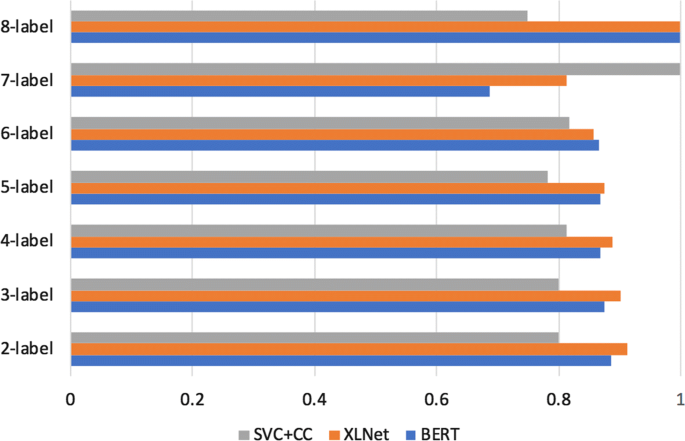
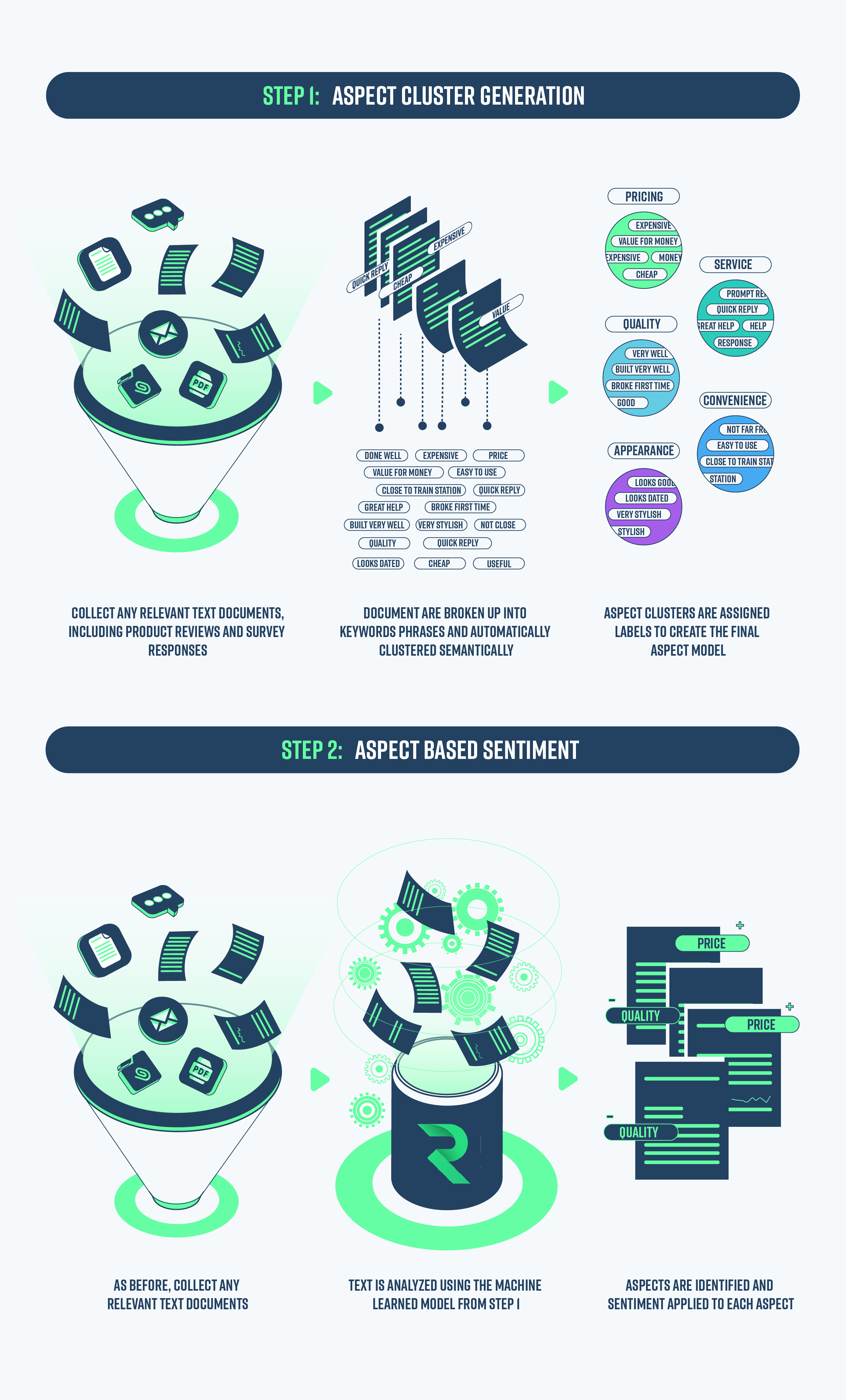









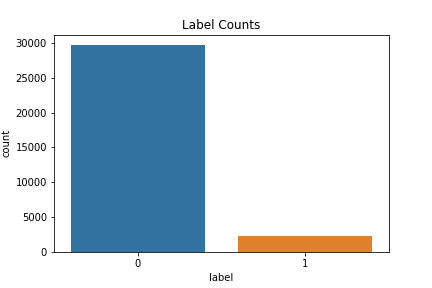




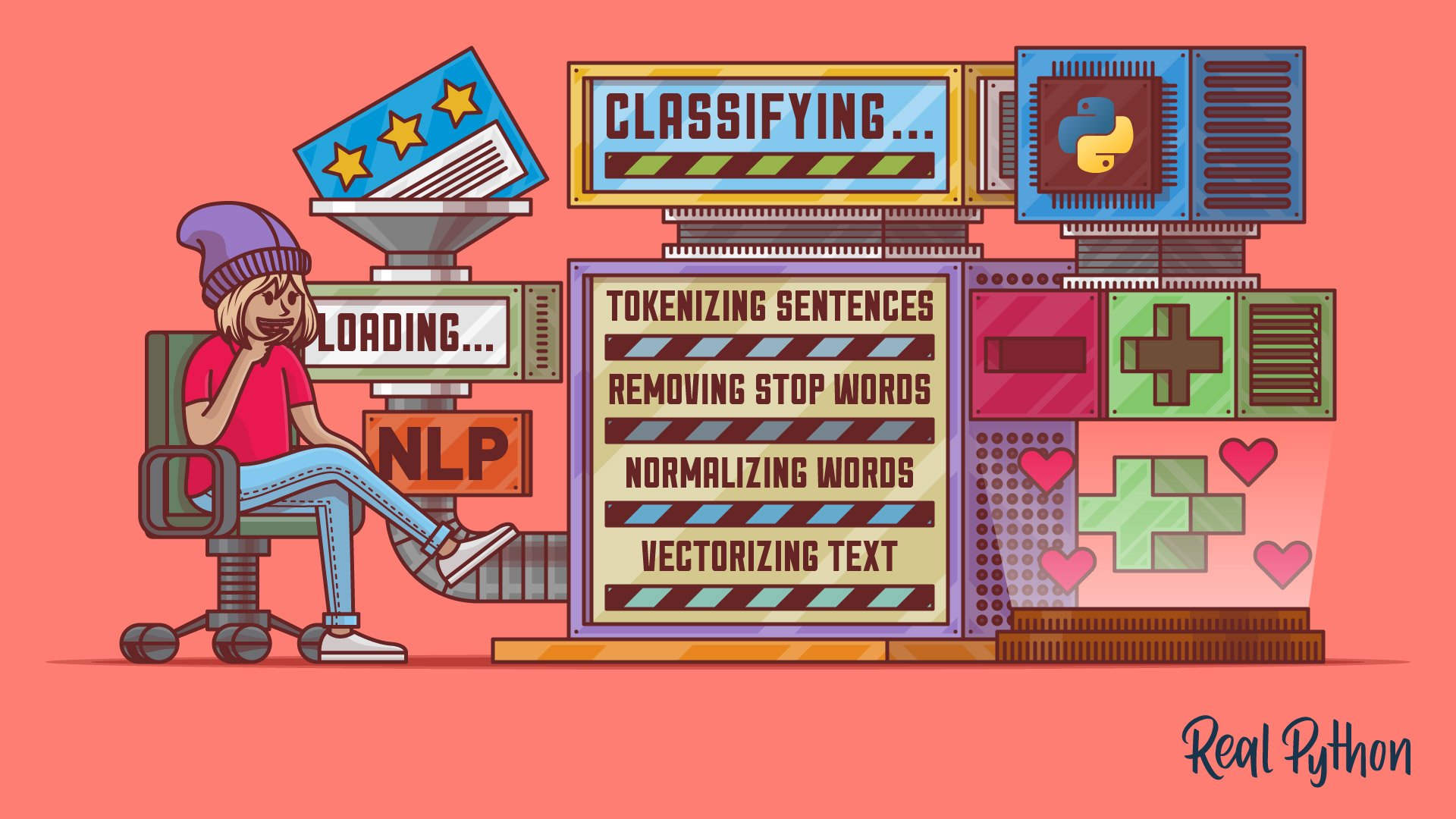
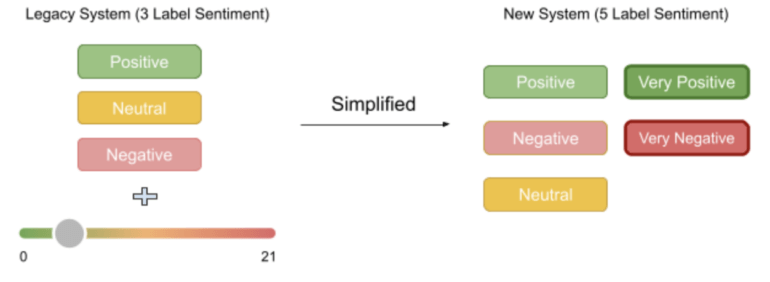


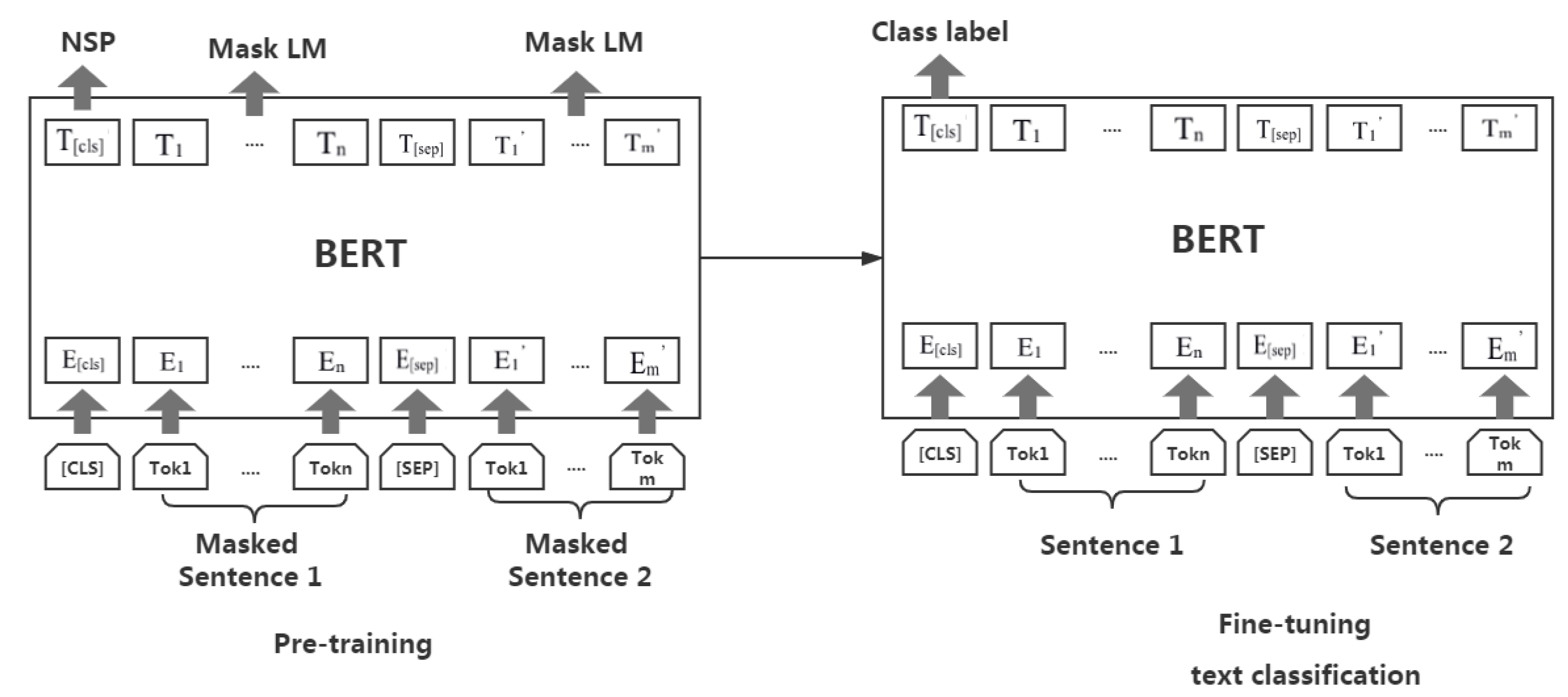




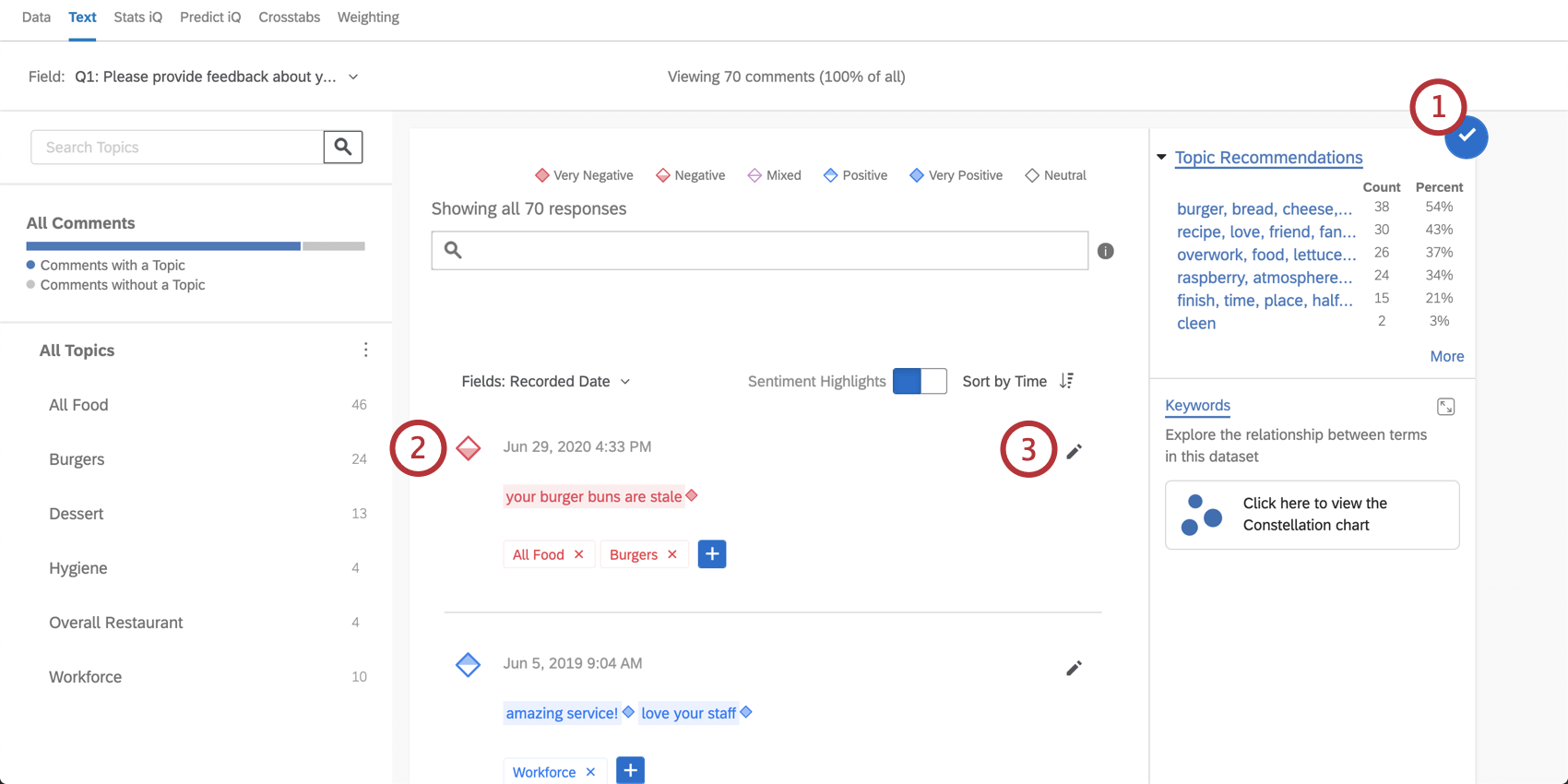
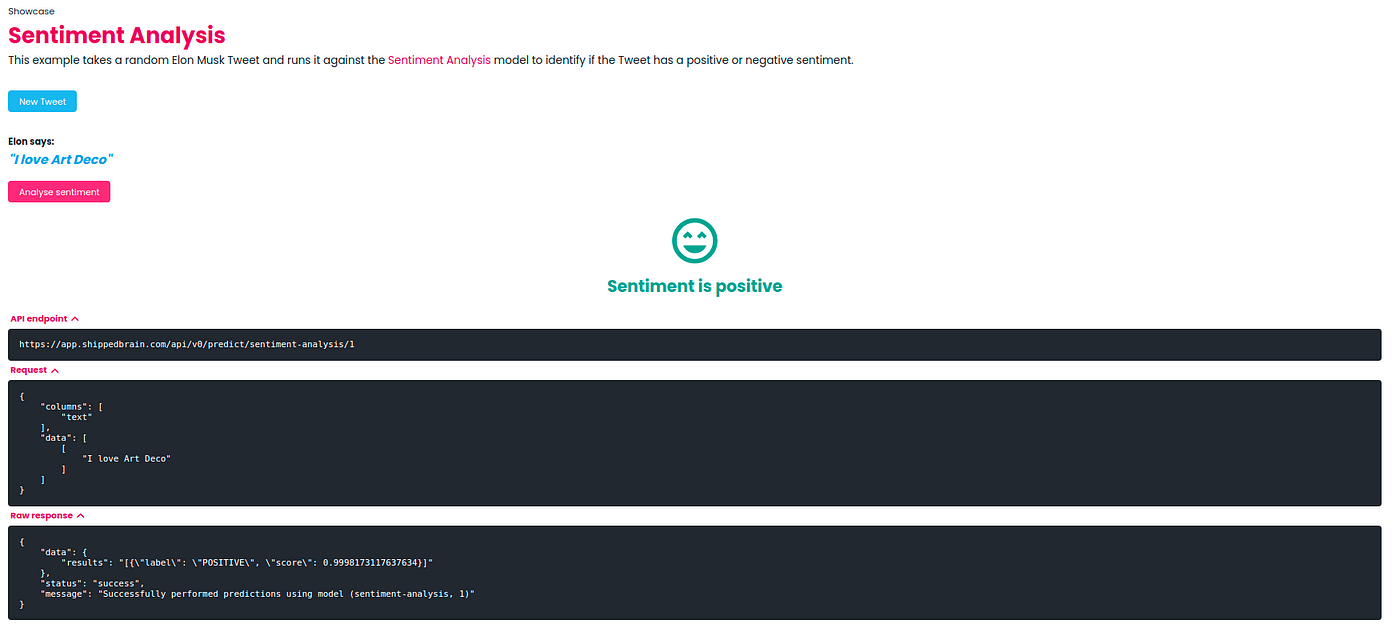
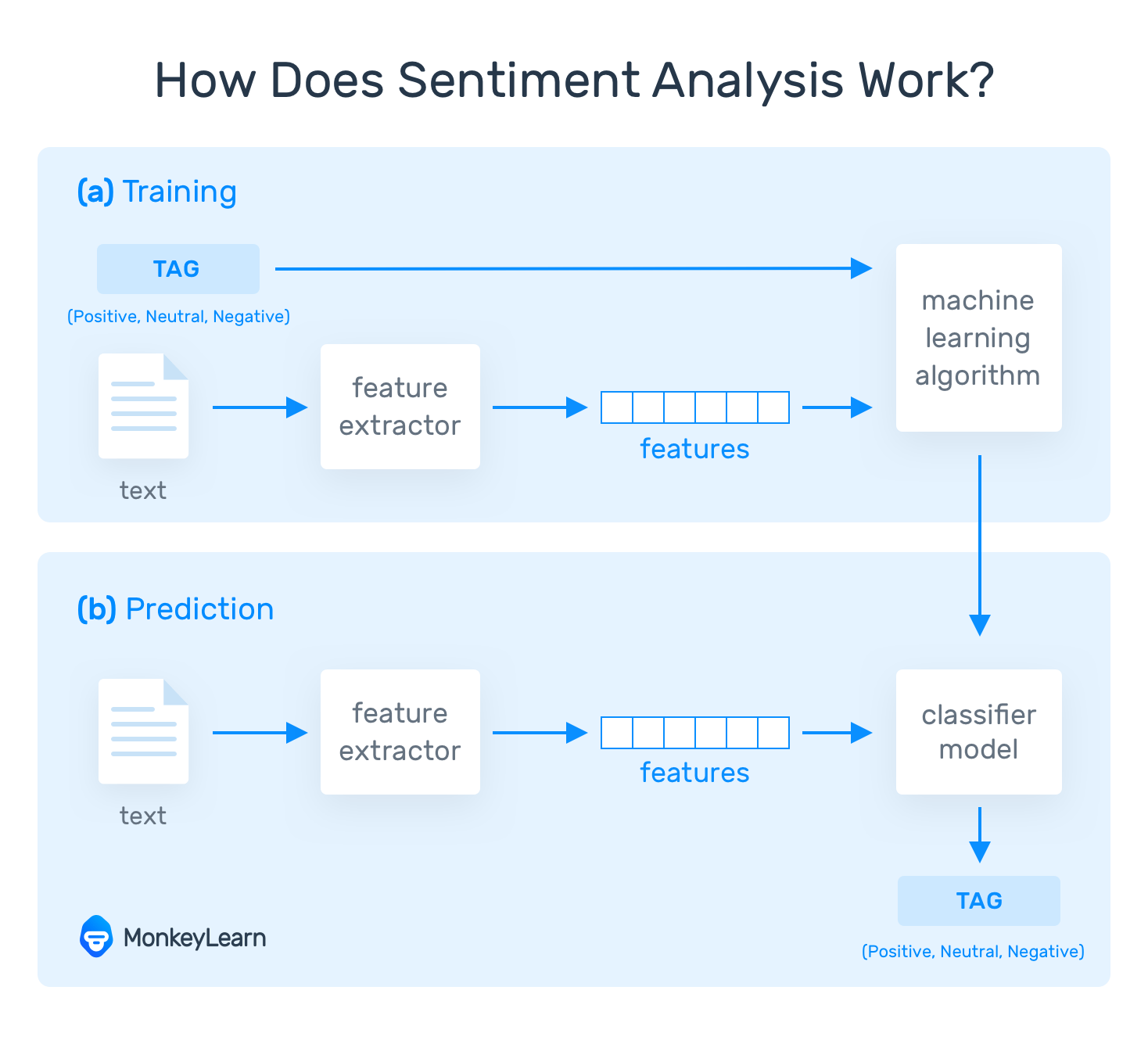
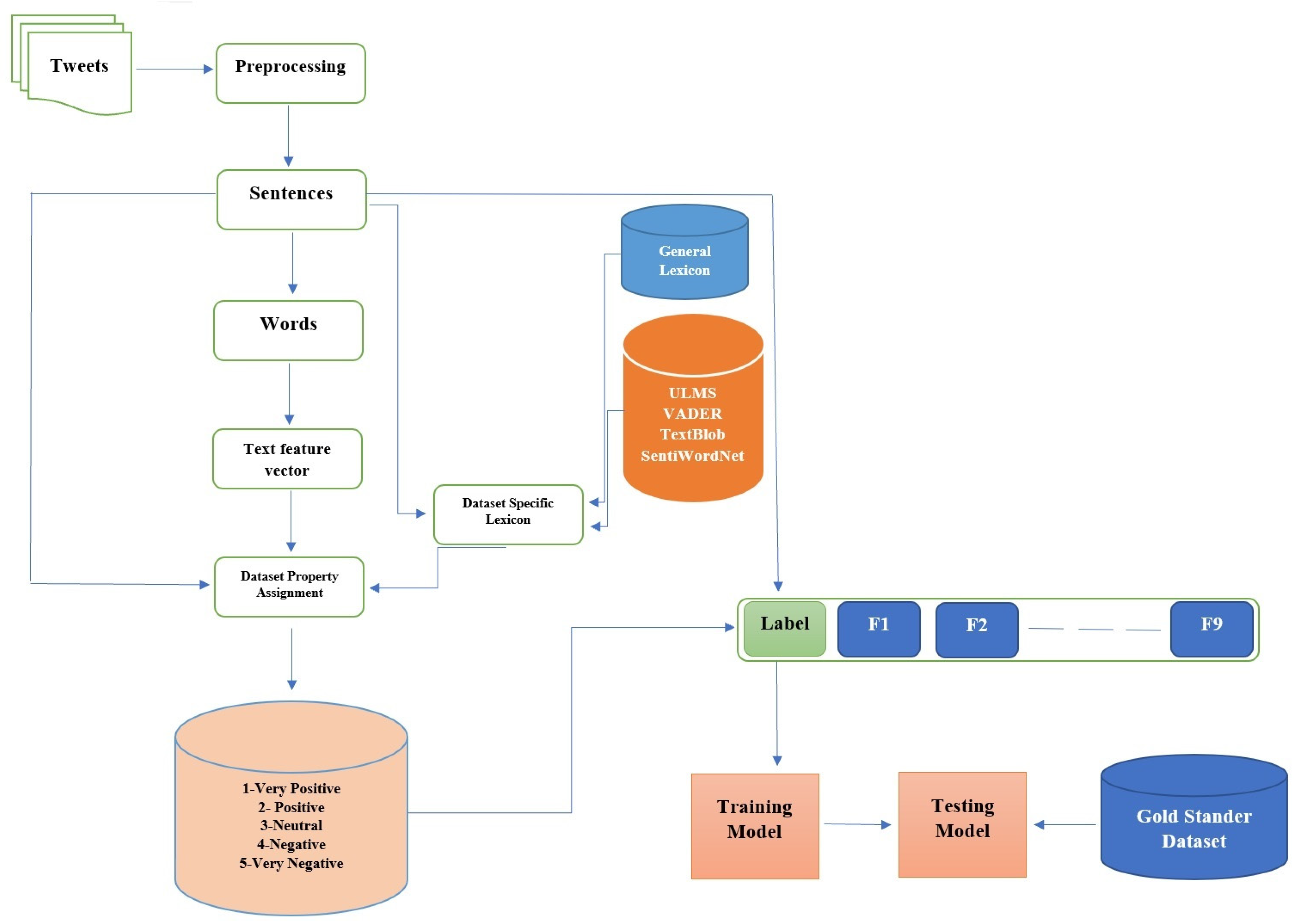
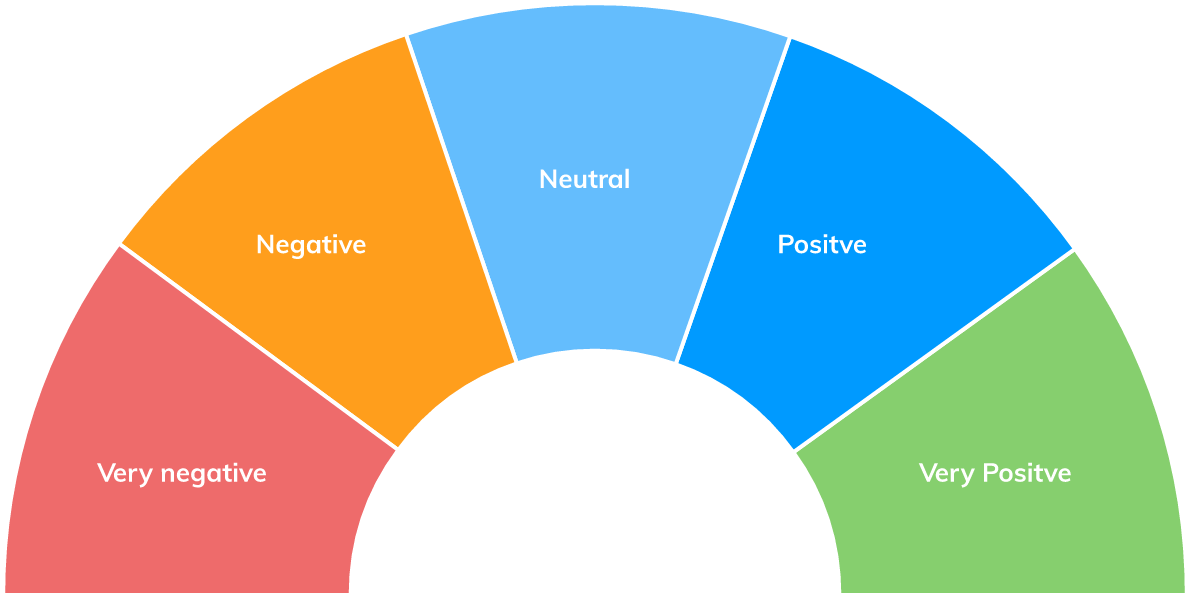

Post a Comment for "39 sentiment analysis without labels"